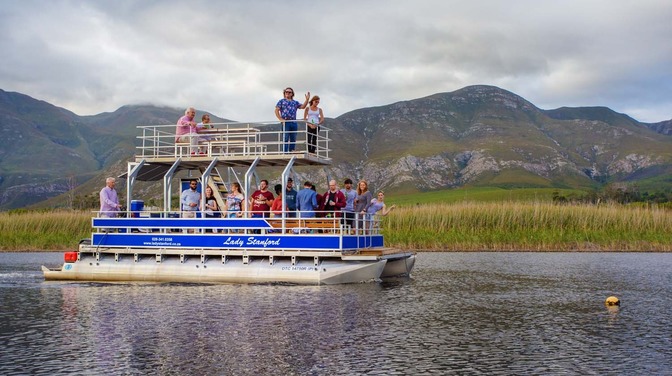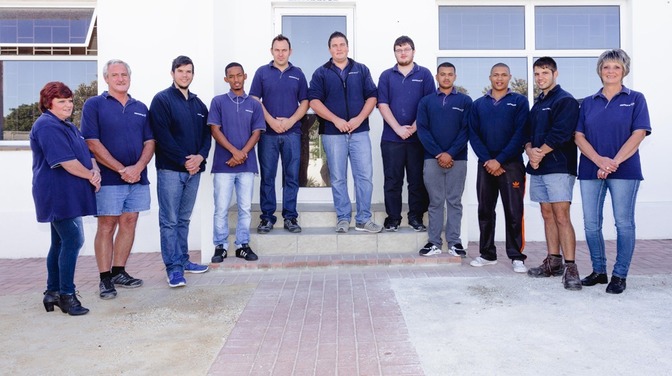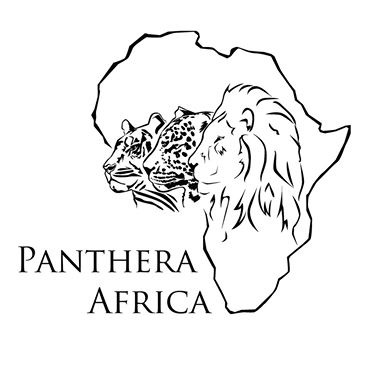On Saturday, 25 November, the lioness Baguira arrived safely at the Oliver Tambo International Airport after 65 hours traveling from Argentina and made the final leg of the journey to her forever home, Panthera Africa Big Cat Sanctuary in Stanford near Hermanus.
It was an emotional moment when this lioness, who had spent ten years of her life in small cage and on cement floors of enclosures, took her first step out of her transport crate and put her paw on the African grass in her brand new spacious enclosure on Sunday. The team who had worked to move her back to the land of her ancestors, could not help feeling the overwhelming power of this moment as they saw Baguira slowly exploring her new home.
Baguira, like so many other lions, was born in captivity. Born in a zoo in Argentina she was separated from her mother at six months, and given to a circus. She was passed from circus to circus until she finally was sold to Yobuslavo Circus in Argentinia. She remained in a cage for eight years, travelling from town to town, and never leaving her cage because she was not part of the circus show.
Two concerned citizens saw Baguira wasting away in a cage, malnourished and emaciated. Together with Jose Yapur, a specialist in exotic animals, they rescued Baguira in August 2015 and moved her to a temporary enclosure at a fish-farming station in El Cadillal, Tucuman. She received treatment and was dewormed. She was so starved, weighing a mere 80kg, that even a small amount of food made her throw up. With good care and nutrition, Baguira built up her strength and health and her weight doubled to an adequate lion weight of 160kg.
During her recovery, the two citizens started negotations for a permanent home for Baguira. The Rancho Dos Gnomos Sanctuary in Brazil was considered but after a lenghty bureaucratic process, the sanctuary did not comply with the requirements for animal import required by their country. They also tried a reservation in Colorado (Rocky Mountain Wildlife Conservation Center), in the United States, but it was not successful.
While they were looking for a permanent home, Baguira had to move again because the neighbours at the fish-farming station were scared of her, especially in the evening when she became more vocal, and requested that she be moved. Jose Yapur found another temporary home for her at the Reserva Fitozoologica Carlos Pellegrini and she moved on 6 September 2016. She had a small 25 sq.m. enclosure but at least it was quiet, away from the public.
The two citizens got in contact with Javier Goldschtein and Natasja de Winter in Argentina, who then approached Lizaene Cornwall and Cathrine S. Nyquist from Panthera Africa Big Cat Sanctuary in Stanford, South Africa.
Lizaene started in January applying for permits for Baguira’s transfer which was an arduous and time-consuming process. “It has been 11 months of incredibly demanding work that has tested our perseverance and dedication; from filling in documents, writing letters and emails, and making calls upon calls to the authorities both in South Africa and Argentina to overcome the hurdles we met,” said Lizaene. “Updates and pictures of Baguira was continuously sent through, which fuelled us with the stamina we needed. Thanks to Javier, Natasja, customs agents Pablo and Fernando, and import custom agent Michael, we were able to keep at it and get Baguira safely to Panthera Africa.”
Once the paperwork was handed in and being processed, the logistics of the transfer had to be painstakenly planned to the last detail. A crate had to be built in Argentina according to Baguira’s specifications, who now weighed 180kg thanks to the excellent care of Jose Yapur, and also to the airline’s specifications. The cage needed iron bars covered with wooden plates and enough ventilation, as well as a tray that slides out underneath the crate to remove the animal’s waste.
Baguira began her trip at San Pedro de Colalao, in the reserve of the Carlos Pellegrini Institute. The lioness seemed to know of her long journey ahead, as she calmly stepped into her transport crate and laid down. She was taken by truck to the international airport of Ezeiza, Buenos Aires where she flew to San Pablo International Airport in Brazil and then on to Oliver Tambo International Airport in Johannesburg.
She stayed in Johannesburg for a few hours until the specialised vet, Peter Caldwell, from Old Chapel Vet Clinic declared her fit to travel further. Once again she was loaded onto a truck but now it was for the final part of her journey - to her forever home at Panthera Africa Big Cat Sanctuary.
“The rescue would not have been possible without the extreme generosity of our donors,” said Cathrine. “This includes the fundraiser we had in April 2017 at White Water Farm, which Julie Walton, wife of vet Marc Walton, and Elzette Cyster-Human from Blueberry Monday initiated and organised, as well as the private individuals who gave us donations for this mission. A huge heartfelt thank you from the whole Panthera Africa pride, both two- and four-legged members – together we have made a miracle happen!”
“A special thank you to the local authorities, Cape Nature, our vets Marc Walton and Peter Caldwell, and also the dedication and perseverance of our friends in Argentina.” said Lizaene. “This was our first international mission and a tremendous success thanks to careful planning and excellent care Baguira was given. We are forever grateful for her becoming part of our pride.”
What's in a name
It is not certain how Baguira got her name. A probable explanation is that she was named after Bagheera, the Indian leopard character in Rudyard Kipling’s The Jungle Book. Like the fictional Bagheera, this Baguira was also born in captivity. While she does not escape to the jungle, she does finally find her freedom in a sanctuary where she is able to roam in her enclosure and live a peaceful and stressfree life with lots of love and respect.












.jpg?width=431&height=242)








.jpg?width=250&height=182)












